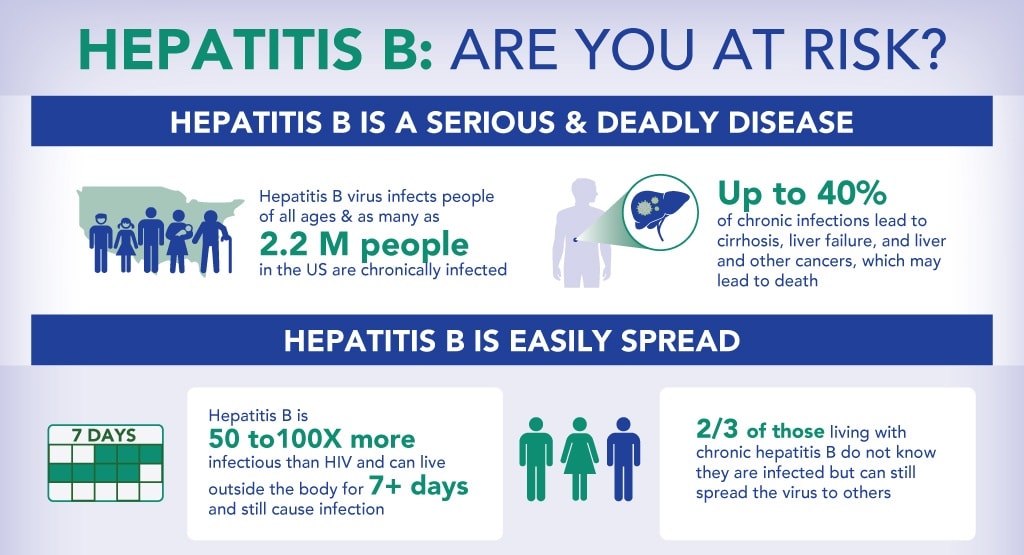
Title: Vaccination Inequities Among Ethnic Minorities: An Urgent Public Health Concern
Introduction
The COVID-19 crisis brought to light and worsened enduring disparities in healthcare access and outcomes among ethnic minorities in the United States. These inequalities stem from fundamental social determinants of health—issues such as access to quality education, employment, housing, and medical care. Among the many significant disparities faced by marginalized groups, vaccination rates emerge as both an indicator and a contributor to wider public health inequities. Whether it pertains to routine childhood immunizations, HPV, or COVID-19 vaccines, ethnic minorities—especially Black and Hispanic communities—are persistently subjected to disproportionately low vaccination rates.
Social Determinants of Vaccination Inequities
Numerous studies indicate that the disparities in vaccine acceptance among racial and ethnic groups cannot be attributed solely to individual choices but are significantly affected by structural and systemic obstacles. These obstacles include:
– Restricted access to healthcare facilities, particularly in rural and under-resourced urban areas
– Absence of health insurance
– Insufficient transportation options
– Time limitations due to low-paying or shift-based jobs
– Shortage of culturally knowledgeable healthcare providers
Education also holds a crucial significance. Individuals with lower educational attainment levels often have inadequate access to reliable vaccine information, resulting in gaps in understanding the advantages and potential risks associated with vaccinations. The CDC reports that those living in poverty and individuals without a high school diploma are markedly less likely to receive recommended immunizations.
COVID-19 and Amplified Inequities
The COVID-19 pandemic acted as a lens, emphasizing these disparities even more vividly. Data from the CDC (2023–2024) reveal that a mere 8% of both Non-Hispanic Black and Hispanic adults obtained the latest updated COVID-19 vaccine, in contrast to 15% of white adults. These inequalities are intertwined with the complicated dynamics of historical medical mistrust, unequal public health infrastructure, and challenges related to vaccine distribution within minority groups.
HPV and Influenza Vaccines: A Wider Trend
The inequities are not confined to COVID-19. For instance, the human papillomavirus (HPV) vaccine—launched in 2006 to prevent cervical and other cancers—exhibits similar racial disparities. While 76% of U.S. children had received at least one dose by 2022, this percentage is still below national objectives, with notable variations in coverage across ethnic groups.
A particular concern is the discrepancy between the most prevalent HPV strains among African American women and those targeted by current vaccines. HPV types 16 and 18 (included in the vaccine) are more common among white women, while African American women more frequently harbor types 31, 33, 35, 45, 56, 58, 66, and 68. This biological divergence, paired with gender and racial obstacles to vaccination, highlights the necessity for ongoing research and focused educational initiatives.
Flu vaccines reveal a comparable pattern: each season, uptake levels remain significantly lower in Black and Hispanic populations, leading to higher hospitalization and mortality rates during influenza surges in these demographics.
Childhood Vaccinations and Access Obstacles
Even before the pandemic, there was a gap in routine childhood immunizations. Since the onset of COVID-19, these gaps have expanded. Access remains the most commonly noted hurdle. For families without health insurance or adaptable work arrangements, attending vaccination appointments can be exceedingly challenging, if not impossible. Pediatricians are scarce, especially in rural locales, leaving families without accessible preventive care options.
Moreover, the financial strain associated with missing work, particularly for low-income families, exacerbates structural obstacles. Some parents are concerned not just about affording care but also about the potential for job loss or reductions in pay due to taking time off.
The Resurgence of Preventable Diseases
The recent surge in measles cases—with 301 confirmed across more than 15 states as of March 2025—should act as a crucial alert. Once eradicated in the United States, measles has resurged due to diminishing MMR (measles, mumps, rubella) vaccination rates. The national proportion of kindergartners receiving the MMR vaccine is currently at 92.7%, falling short of the 95% threshold necessary for herd immunity. Lower vaccination rates endanger not only the unvaccinated individuals but also entire communities, particularly those who are immunocompromised and depend on herd immunity for their protection.
Health Literacy, Misinformation, and Vaccine Reluctance
A 2019 report by the World Health Organization (WHO) identified vaccine hesitancy as one of the top 10 global health threats. In the United States, this problem is worsened by historical injustices and structural inequalities that breed medical distrust.
For instance, Black communities bear a long-standing history of trauma connected to unethical medical experiments and systemic barriers to equitable healthcare. This underlying mistrust can delay or inhibit vaccination acceptance. In conjunction with language obstacles, misinformation proliferating on social media, and inadequate health literacy, the challenge becomes even more complex.